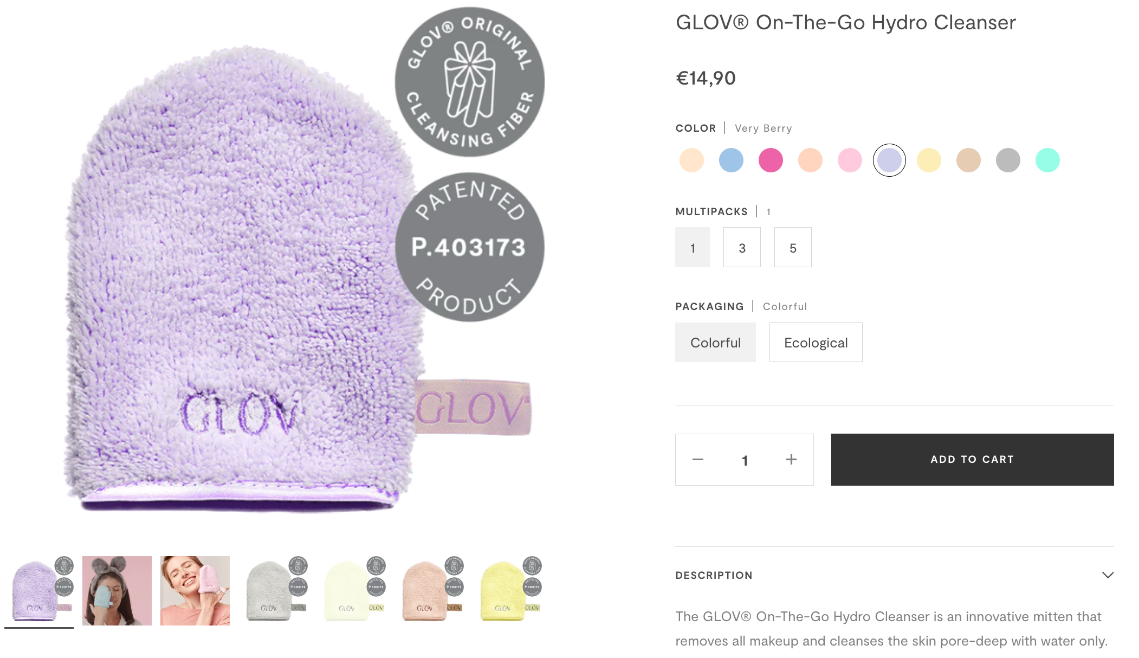Customer acquisition is one of the most expensive tasks in e-commerce. Customer retention, on the other hand, is way cheaper. With that point of view, selling subscription of products is an interesting strategy of keeping customers around. What’s more, consumers are willing to give it a go.
A product subscription model is made to stick
Service and app subscriptions are something that the modern world feels comfortable with. Customers pay a monthly fee for the Internet access, streaming platforms and software. They also subscribe to newspapers and magazines that come to their door once they’re issued. It’s nothing new.
Consumer goods are slowly catching up to this trend and start selling subscriptions. In effect, they’re gaining popularity over their competition. Think Dollar Shave Club. It’s a monthly razor subscription business that sells razors, and people love it. Looking at the numbers, 1/4 of their early customers have continued the subscription for four years – or even more, as the study captured only four years of data. That’s a lot if you know how hard it is for service providers to retain their clients.
Subscription model is all the rage right now. From a curated product boxes to common goods that are trying to monetize convenience, most products can be sold as subscription. Yet, if the customer doesn’t feel they get their money worth, they may cancel. From the business perspective, subscription models are attractive, since the companies don’t need to fight for customers’ attention anytime they go shopping. The model has loyalty built into itself. As long as your subscription offer is compelling enough by providing novelty, convenience, saving money (as the McKinsey report points towards), customers don’t feel a need to cancel.
Shopify shops can be turned into subscription businesses, but they need the right apps to do it. The Shopify App Store enlists five of such apps, that is Bold, PayWhirl, Seal Subscriptions, Native Subscriptions or Recharge. It’s time to learn how to use apps like that and launch subscriptions on Shopify.
Note: There’s a specific subscription app for Shopify Plus merchants called Ordergroove Subscriptions.
How to sell subscription of products through Shopify?
There are many types of subscription businesses right now that you may consider. Depending on your product, you can choose one of the below types.
- replenishment type in which you ship a refill of the product (great for cosmetics) that helps your customer save money; an example of such a shop is Rocky Mountain from the screenshot below or
- membership type in which you either sell curated boxes, full of products related to your customers’ hobbies, such as cooking, sports or beauty; be careful because a lot of people drop from subscriptions like that because the box loses its novelty appeal; or you build a community; members can earn loyalty points or have access to unique promotions, free shipping, etc.
What do you need to start a subscription business on Shopify?
As mentioned above, you need to install an app to start selling subscriptions of products on Shopify. The app helps you to collect recurring payments, manage subscribers, and basically, streamline the whole process. Out of five subscription apps that we enumerated, Bold and ReCharge seems to be the most talked about, but if you can’t find an app that fits your style, let us build your own. Our agency does Shopify development services.
Note: ReCharge is the most customizable subscription app in comparison to other ones. An app or a custom solution is not the only requirement for product subscriptions to work on Shopify.
You also need to set up Shopify Payments as your primary payment gateway. To do that, you need to be in the supported country. That’s why we can’t help companies from Poland with setting up recurring payments on Shopify. Polish companies are using different payment methods on Shopify (A quick overview of Shopify Payments Poland).
What countries can set up Shopify Payments as their primary payment gateway? [January 2024]
- Australia
- Austria
- Belgium
- Canada
- Czechia
- Denmark
- Finland
- France
- Germany
- Hong Kong SAR
- Ireland
- Italy
- Japan
- Netherlands
- New Zealand
- Portugal
- Romania
- Singapore
- Spain
- Sweden
- Switzerland
- United Kingdom
- United States
There are two other requirements for a business to launch subscriptions on Shopify. The first one is that you can’t sell subscriptions through Apple Pay, Google Pay, Amazon Pay and other accelerated payment methods. The other one is that a subscription product needs to be delivered, you can’t ask a client to pick it up in store. Local delivery is also disabled.
Time to get subscribers to your product
Product subscriptions can be your only business model, or they can be a part of regular e-commerce activities. If it’s the latter, you need to think about if subscriptions are something extra that customers can opt into, or if some of your products are sold in one-time transactions while others can only be purchased as subscriptions.
source: https://glov.co/
When you launch your subscription business, there are a couple of things you need to do. Once you add a new product, choose whether you want to enable it to be sold to subscribers and one-time customers, or make it subscriptions only.
What about discounts? To add discounts, go to ‘Create discount code’ page, select ‘Subscription’ in the Purchase type section, then you have a couple of options to pick from. You can apply the discount to all subscription products, the ones that are in a specific collection or choose specific subscription products.
What about granting free shipping? Free shipping discount to the first payment or a certain number of payments, but also you can enable it on all future subscription payments. You can edit that in the Discounts tab.
What are the success metrics for a product subscription business model?
Once you venture into the world of subscription businesses, you need to start thinking about your Shopify store in the same way you would a recurring service. That is why you need to track additional metrics to determine the success of your product subscription business. Look at the world of SaaS (Subscription-as-a-Service). They mastered those kinds of metrics. What are they?
- LTV – customer lifetime value (how much money a single customer brings you on average)
- CAC – customer acquisition costs (how much money you need to spend to get new customers?)
- Churn rate – the rate of customers quitting subscription service
- Retention rate – the rate of customers who continue the subscription
- New MRR – monthly recurring revenue that comes from new customers
- Expansion MRR – monthly recurring revenue that comes from existing clients
- ARR – annual recurring revenue (how much money you get every year)
- ARPU – average revenue per user (how much money on average you get from one user)
If you’re interested to learn more about success metrics, check ProfitWell’s blog. They teach people how to master pricing and measure business performance. Start with this article to understand the above metrics: SaaS metrics.
Launch a subscription business on Shopify with us
It’s possible to launch a product subscription service via Shopify providing that you’re from the country that enable you to use Shopify Payments. Then, install the app that helps manage subscription and add your products. If you need any help in launching or migrating a Shopify subscription business, we can help you. Our agency has experience in handling subscription-based product.



